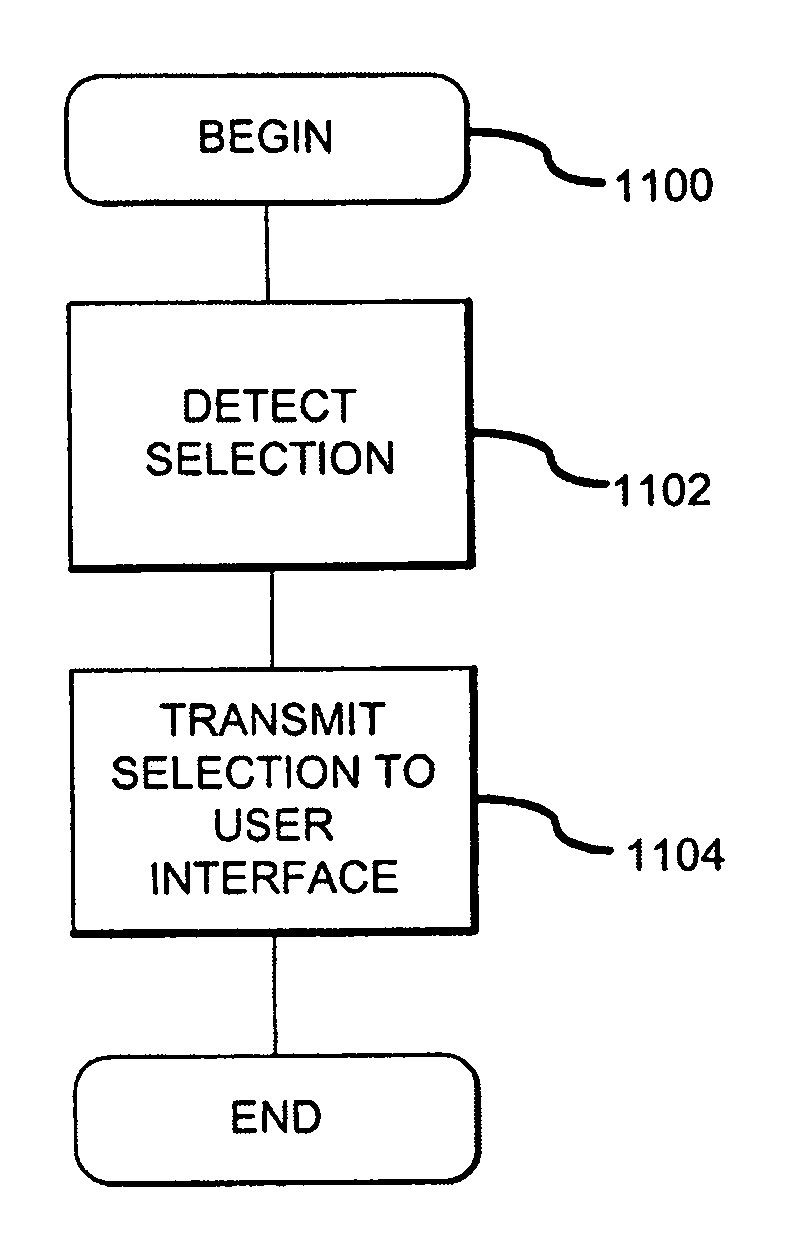Input device with pattern and tactile feedback for computer input and control
- Summary
- Abstract
- Description
- Claims
- Application Information
AI Technical Summary
Benefits of technology
Problems solved by technology
Method used
Image
Examples
Embodiment Construction
[0028]FIG. 1 illustrates a tactile input device 100 in accordance with an embodiment of the present invention. A surface of the tactile input device 100 is divided into various sections having one or more input sensing devices 120 for detecting an input stroke. In the embodiment of FIG. 1, the sections include a petals portion 101 having eight angular petals 102, a central portion 104 having a raised dot 106, and an outer circumferential portion 108. In one embodiment (as shown in FIG. 1), the tactile input device 100, the central portion 104, and the outer circumferential portion 108 are circularly defined. In another embodiment, the tactile input device 100, the central portion 104, and the outer circumferential portion 108 are any one of a number of geometric shapes, such as, but not limited to, rectangular, triangular, oval, octagonal, or hexagonal. While a number of geometric embodiments have been described for the tactile input device 100, any number of combinations of geometr...
PUM
 Login to View More
Login to View More Abstract
Description
Claims
Application Information
 Login to View More
Login to View More - R&D
- Intellectual Property
- Life Sciences
- Materials
- Tech Scout
- Unparalleled Data Quality
- Higher Quality Content
- 60% Fewer Hallucinations
Browse by: Latest US Patents, China's latest patents, Technical Efficacy Thesaurus, Application Domain, Technology Topic, Popular Technical Reports.
© 2025 PatSnap. All rights reserved.Legal|Privacy policy|Modern Slavery Act Transparency Statement|Sitemap|About US| Contact US: help@patsnap.com



